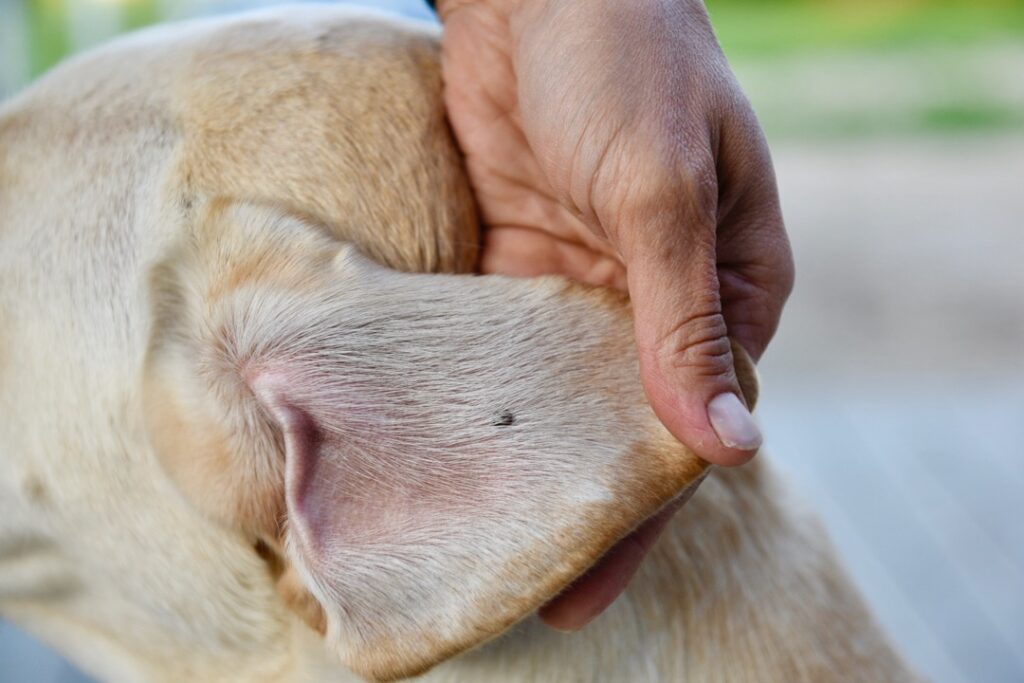Dog sense
Tick tips
Advertisement
As the weather warms up and you spend more time outdoors, both you and your dog are likely to encounter ticks that can spread dangerous illnesses, such as Lyme disease, Rocky Mountain spotted fever and tularemia.
Here’s how to keep Fido—and yourself—safe during your forays afield.
Advertisement
GET INFORMED
The American dog tick and the black-legged tick (also known as the deer tick) are the most the common tick species in Canada that spread disease to both dogs and humans. Adult female black-legged ticks are about as big as a sesame seed and have reddish bodies with black dorsal markings. Males are slightly smaller, and solid dark brown in colour. Dog ticks have brown backs with whitish markings. Males are roughly five millimetres long, and females can swell to 15 millimetres in length after a blood meal.

PRACTICE PREVENTION
Advertisement
Ask your vet about appropriate preventive medication for your dog. Meanwhile, you should use bug spray and wear proper protective clothing whenever you’re in known tick areas. In the early spring and summer, stay on trails and keep your dog on a leash.
PERFORM TICK CHECKS
Since infected ticks can transmit the bacterium that causes Lyme disease in just 24 hours, check your dog for ticks as soon as possible after an outdoor excursion. If you find an engorged deer tick on your dog after exploring an area with a high risk for Lyme disease, ask your vet to run a blood test.
REMOVE TICKS CORRECTLY
You can use your finger and thumb (a gentle pinch), tweezers or a specialized tick tool to pull off ticks. Carefully grasp the insect’s head close to the dog’s skin and lift upward. Try to remove the tick with its mouth parts intact or the bite can get infected. Don’t cover a tick with petroleum jelly or nail polish or burn it with a match, as those methods don’t work. In fact, they can make matters worse by causing the tick to regurgitate.
Learn more about tick safety at www.outdoorcanada.ca/ticktalk.

